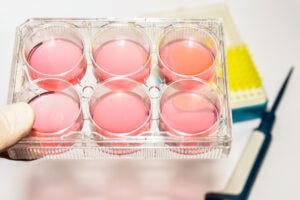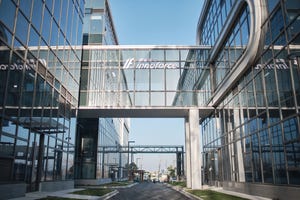October 11, 2022

Chinese hamster ovary cells may be the foundation of modern biopharmaceuticals but the process of finding high-producer clones is too labor intensive, according to new research.
The study – published in the Journal of Bioscience and Bioengineering in March – examined how the biopharmaceutical industry is using CHO cells and identified clone selection as a remaining challenge for the industry
“CHO cells are widely used for constructing expression systems to produce therapeutic proteins. However, the establishment of high-producer clones remains a laborious and time-consuming process, despite various progresses having been made in cell line development.”

Image: DepositPhotos/
sergunt
The main challenge is the fact that high producers are rare. Finding them within a population of cells usually involves multiple, labor-intensive transfection, selection, screening and adaptation steps.
To address these challenges – at least during the selection phase – the authors have developed a screening strategy that focuses on clones that overexpress two genes – p180 and SF3b4 – known to be present high monoclonal antibody (mAb)-producing cells.
The approach, when combined flow cytometry (FCM), can significantly accelerate the selection phase the authors claim.
Overexpression
For example, in one study the approach was used identify a CHO clone called L003 that shows significant promise as a monoclonal antibody producer line.
“Clones generated by the overexpression of p180 and SF3b4 in L003 cells were evaluated by fed-batch culture. The specific productivity of clones overexpressing these two factors was ∼3.1-fold higher than that of parental L003 cells in the early phase of the culture period.”
The approach identified the producer lines line much more efficiently than standard methods according to the authors, who suggested their idea – in combination with flow cytometry – has real potential.
“These results indicate that the overexpression of p180 and SF3b4 would be promising for establishing high-producer cell lines applicable to industrial production.”
About the Author
You May Also Like







